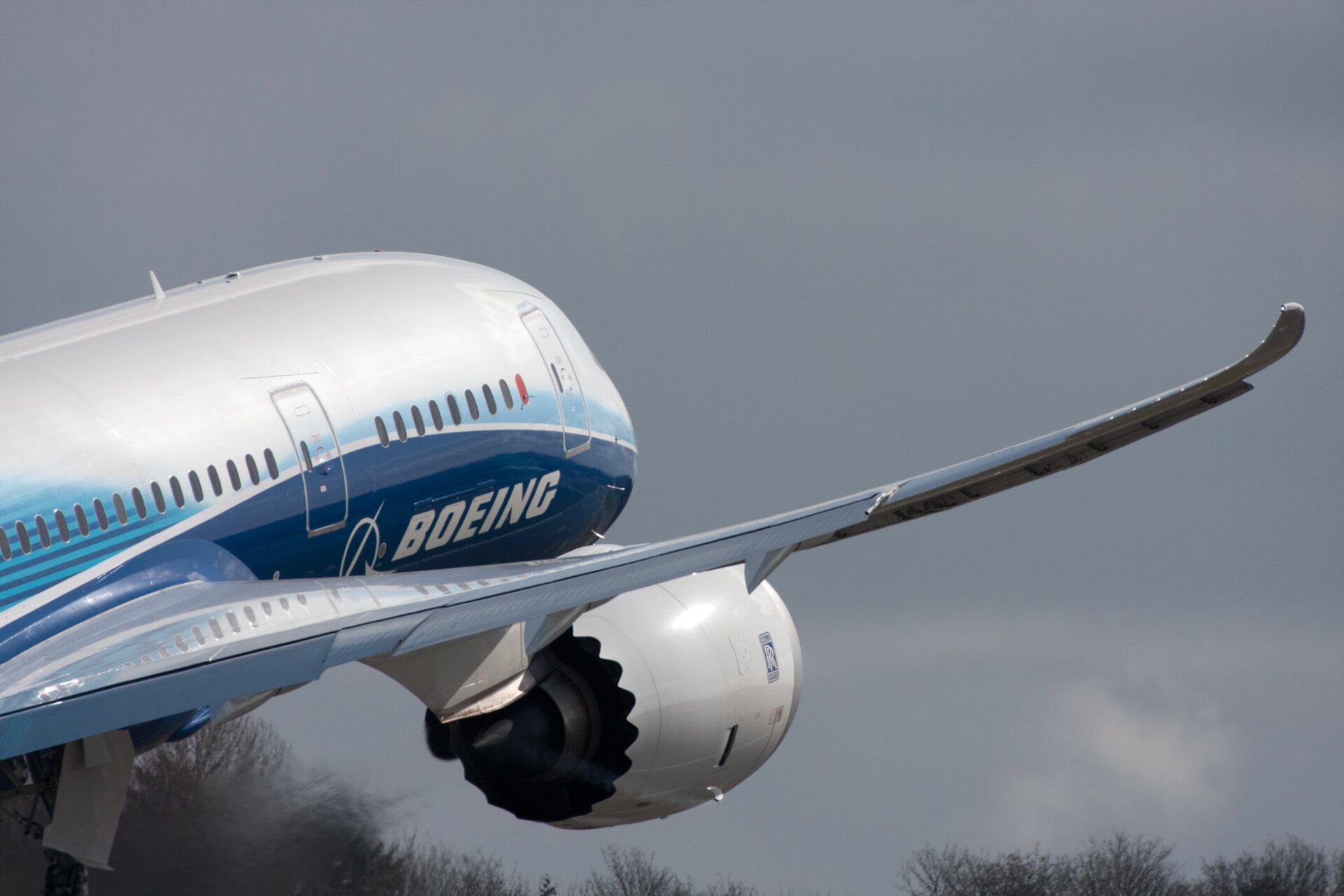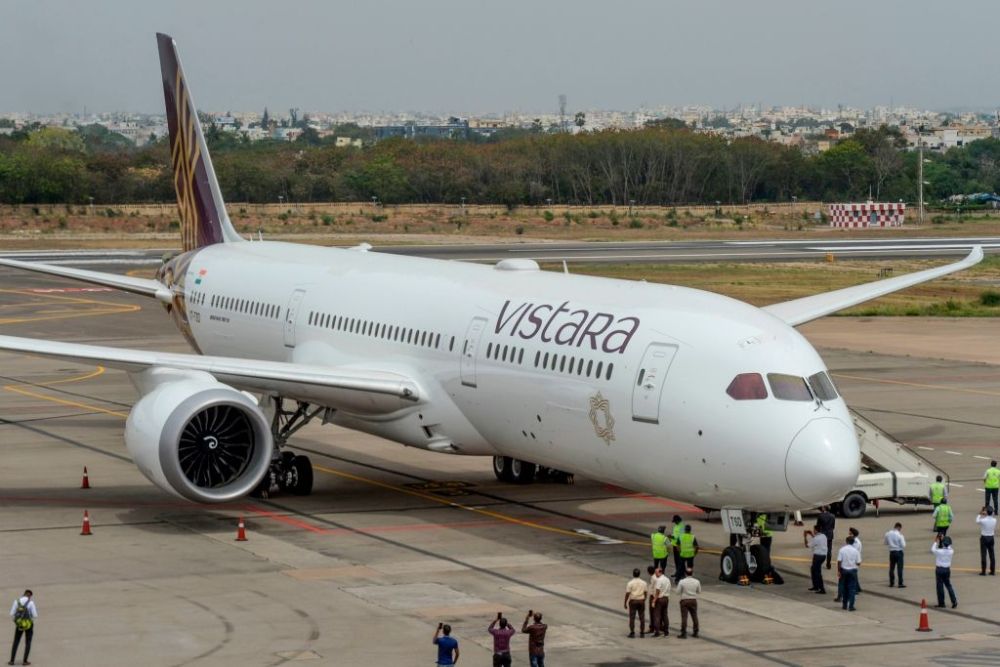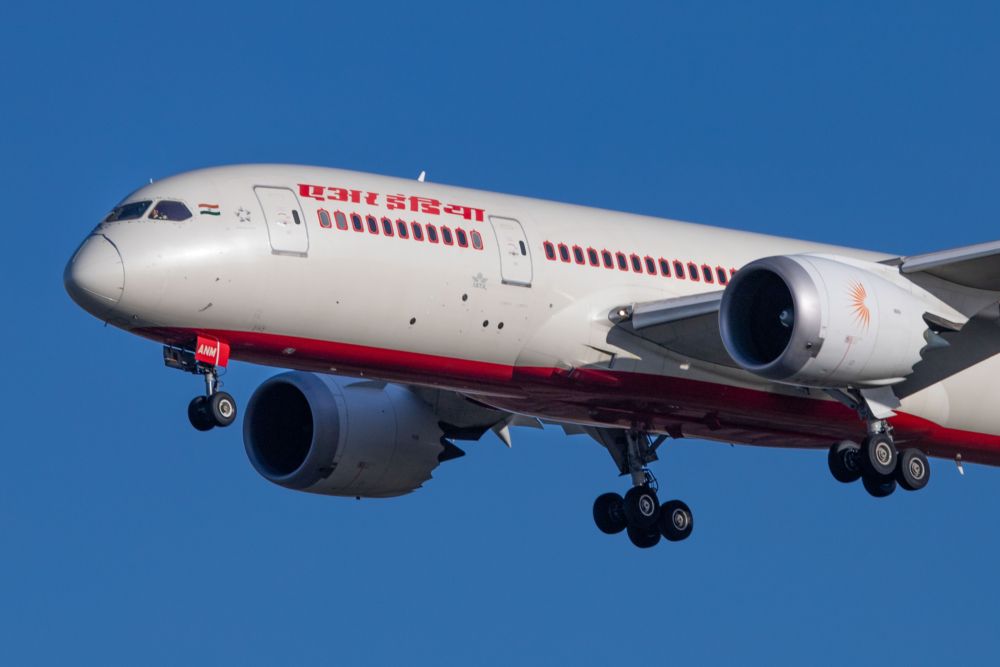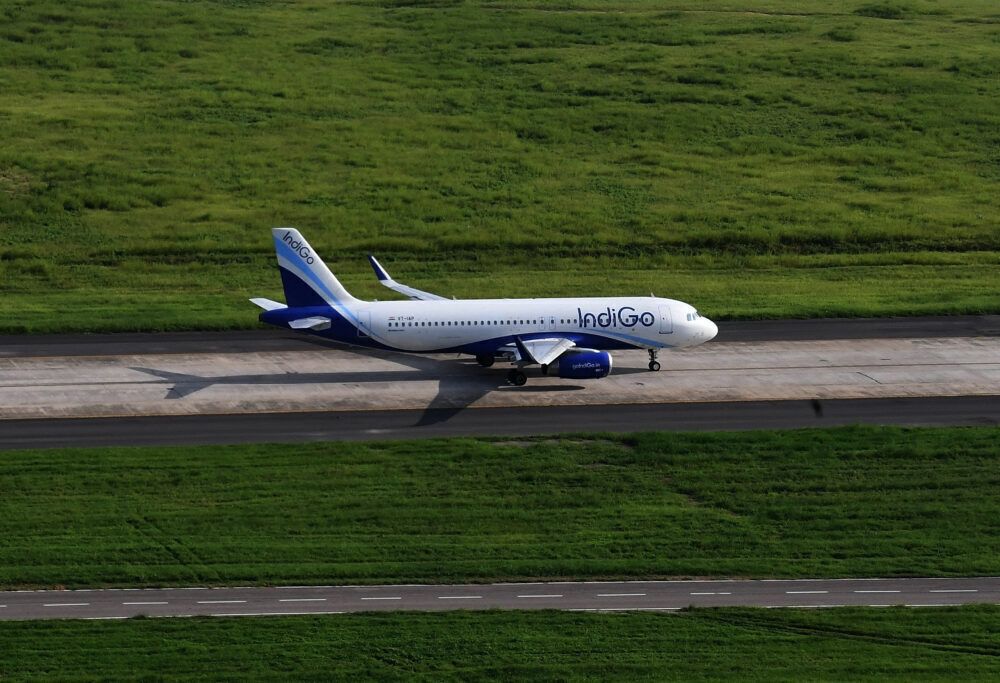Salil Gupte, president of Boeing India, believes that Indian Airlines could benefit by adding more widebody aircraft to their fleet to meet the demands of non-stop international flying. He feels as the sector recovers from the Covid pandemic, the demand for widebodies in India for long-haul routes is expected to rise.
The need for widebodies in India
Speaking with Mint, Gupte said that India would witness opportunities for widebody airplanes as we come out of the pandemic. He also suggested how Boeing's Dreamliners are the best in the category when it comes to long-haul flying today, saying,
“There is a clear winner in the market for wide body, which is the 787 platform, whether it's the 787-8, 787-9 or 787-10. This aircraft has outsold all other wide body competitors.”
Gupte added that the 787's superior economics makes it a great fit for both premium and low-cost carriers such as Scoot.
Stay informed: Sign up for our daily and weekly aviation news digests.
Appetite for non-stop travel
A key trend emerging out of the pandemic is people's preference for non-stop point-to-point travel. The dynamics of international flying have changed tremendously in the last two years. The risk of COVID transmission and additional requirements such as COVID tests, quarantine requirements, and heavy documentation mean that passengers avoid passing through an additional country to reach their destination.
Among Indian Airlines, long-haul international flying has largely been the domain of Air India for the longest time. Vistara recognized the gap in the market and has been expanding its international offerings across Asia and Europe using its Boeing 787-9. However, it is in urgent need of more Dreamliners to further expand into the US.
The TATA Group will likely merge the two airlines, and there are all kinds of assumptions about what the new entity's widebody fleet development would look like. With Air India operating 777s and 787s and Vistara too placing its bet on the Dreamliners, it seems that Boeing will remain their likely choice for long-haul flying for some time.
Regardless of Boeing or Airbus, the case for non-stop flying from India seems like a strong one. One such example is Air India's direct flights to Australia before the pandemic. Passenger demands for those flights were strong enough for Qantas to reconsider India as one of its international destinations.
Many also believe that shortages of widebodies in India have led to foreign carriers spreading roots here. Moneycontrol quoted Rémi Maillard, President, Airbus India and Managing Director of South Asia region as saying,
“There is no other country in the world where you have this (kind of) dominance of foreign carriers in international traffic. It is unique. If you take China, the US, Europe or all the big markets, you have a more balanced market share between local and international carriers.”
What about LCCs
Currently, Air India and Vistara are the only Indian carriers shouldering the task of long-haul flying. But is there a possibility of one of the country's LCCs considering a widebody anytime soon? It seems unlikely.
Indian LCCs have developed their operations mainly around the robust domestic market in India. The A320s and 737s are quite sufficient for mostly 2-hour flights within India and even for medium-range flights to the Middle East and Southeast Asia. Even for expanding into Europe, a carrier like IndiGo is likely to look towards the A321XLRs it has on order.
Nripendra Singh, Industry Principal, Aerospace & Defense Practice, Frost & Sullivan, told Moneycontrol that traffic seasonality also affects airlines' schedules, ultimately dictating their fleet type. He said,
“When considering this, narrow-body aircraft are less risky than wide-body ones in the economics of operation. For viability of fleet selection, aside from passenger traffic, airlines also consider factors such as the availability of slots at an airport, regulator policies, and the airport's capacity to serve wide-body aircraft.”
While India could definitely do with more widebodies, it seems that Air India and Vistara are the only two candidates for bigger planes in the near future. Indian LCCs are more likely to follow the model of Ryanair and Southwest to keep their fleet more uniform for smoother and cost-effective operations.




